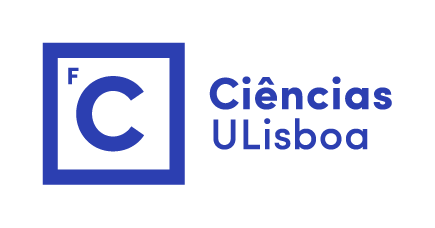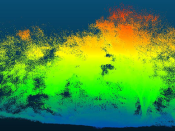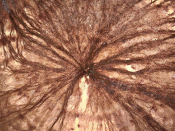Por Susana Barbosa (INESC TEC, Porto, Portugal).
Radioactivity originating from natural sources - including cosmic radiation that continuously reaches the Earth and terrestrial radioactive elements such as potassium, uranium, and thorium, along with their decay products - is constantly present in the environment, including the air, soil, rocks, and water. Monitoring natural radioactivity levels in the environment serves as a useful tool for studying dynamic environmental processes, including atmospheric, volcanic, seismic, and hydrogeological phenomena. This seminar focuses on climate applications of natural radioactivity, presenting two ongoing field campaigns: the SAIL (Space-Atmosphere-Ocean Interactions in the Marine Boundary Layer) campaign on board the Portuguese Navy ship Sagres, and the NuClim campaign (Nuclear Observations to Improve Climate Research and Greenhouse Gas Emission Estimates) on Graciosa Island in the Azores. Recent scientific results from these projects are presented and discussed with emphasis on data management, data analysis, and aspects of computational reproducibility.











